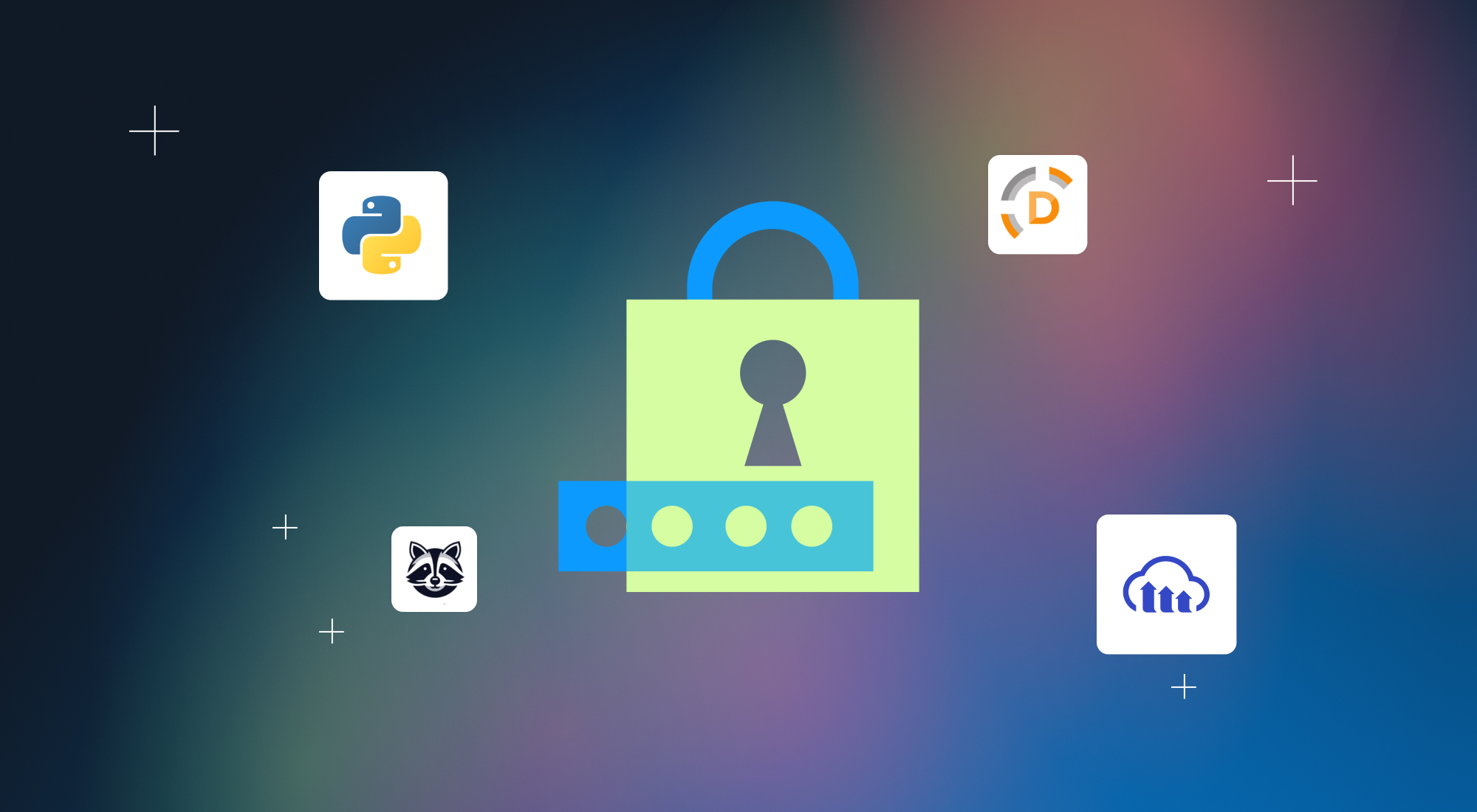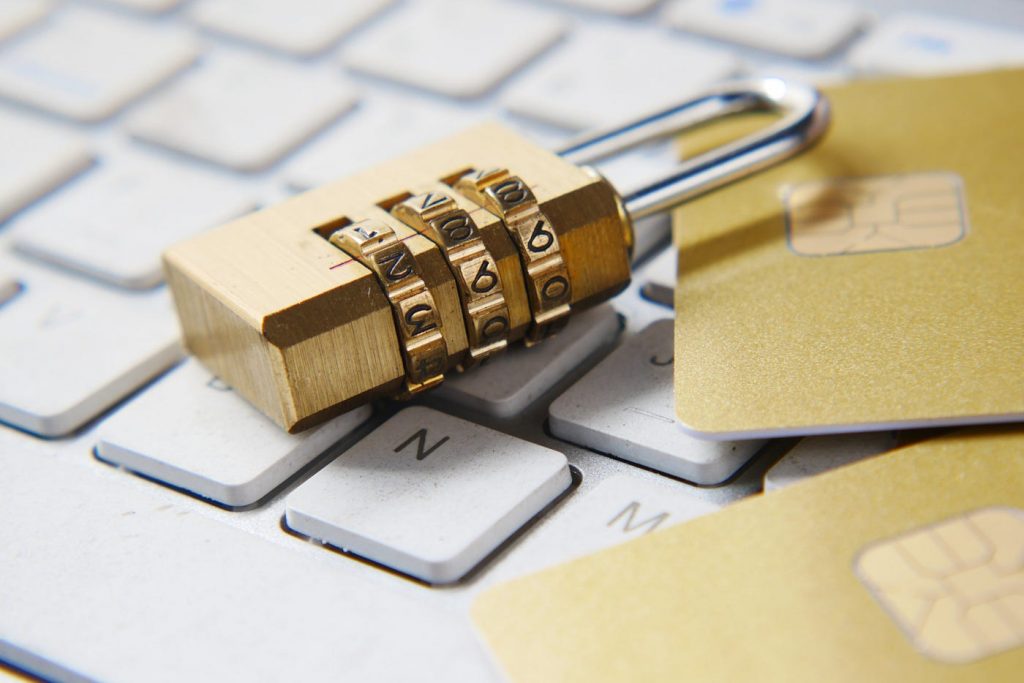
- News ,
- 20 Jul
As the demand for secure web applications continues to rise, developers are increasingly turning to cryptography to protect sensitive data. Flask, a popular Python web framework, offers flexibility and simplicity for building web applications. When combined with cryptographic techniques, Flask can help developers create secure, robust, and reliable web applications. This article explores the integration of cryptography with Flask, focusing on the tools, techniques, and best practices needed to secure your web applications effectively.
Understanding Flask and Cryptography
Flask is a micro-framework for Python that is designed for simplicity and ease of use. It provides the basic tools needed to build web applications without the complexity of a full-stack framework. Despite its minimalistic design, Flask is highly extensible and can be used for anything from simple web pages to complex APIs and web services.
Cryptography is the science of securing information by transforming it into an unreadable format for unauthorized users. Cryptographic techniques are essential for protecting data, ensuring its confidentiality, integrity, and authenticity. In web applications, cryptography is commonly used for encrypting sensitive data, hashing passwords, and securing communication channels.
Integrating cryptography into Flask applications allows developers to protect user data, secure communication, and meet compliance requirements for data protection regulations.
Why is Cryptography Important in Flask Applications?

There are several key reasons why cryptography is crucial in Flask applications:
- Data Confidentiality: Cryptography ensures that sensitive information, such as user passwords, financial data, and personal details, is kept confidential. By encrypting data, developers can prevent unauthorized access, even if the data is intercepted.
- Data Integrity: Cryptographic hashing techniques are used to ensure that data has not been tampered with. Hash functions generate a unique hash for each piece of data, allowing developers to verify that the data remains unchanged.
- Authentication and Authorization: Cryptography plays a critical role in authenticating users and managing access control. Secure tokens and hashed passwords are commonly used to authenticate users and control access to different parts of an application.
- Compliance: Many industries are subject to regulations that require the protection of sensitive data. Cryptography helps meet these regulatory requirements, ensuring that data is stored and transmitted securely.
- Protection Against Attacks: Cryptography helps protect against common web application attacks, such as man-in-the-middle attacks, SQL injection, and cross-site scripting (XSS).
Implementing Cryptography in Flask
Flask does not come with built-in cryptographic capabilities, but it can easily be integrated with popular Python cryptography libraries. Here’s an overview of essential cryptographic techniques in a Flask application:
- Password Hashing: Instead of storing plaintext passwords in the database, you should store a hashed version. Hashing transforms the password into a fixed-length string of characters that cannot be easily reversed. Using well-established algorithms like SHA-256 ensures that passwords are stored securely.
- Data Encryption: Encryption is critical for protecting sensitive data. Symmetric encryption, where the same key is used for both encryption and decryption, is commonly implemented using libraries like
cryptography. The encryption key must be securely stored and managed, as anyone with access to the key can decrypt the data. - Secure Session Management: Flask’s sessions are signed using a secret key to ensure that session data cannot be tampered with. This enhances security by ensuring that session data is protected from unauthorized alterations.
- Protection Against Web Vulnerabilities: Cryptography also helps protect Flask applications from common web vulnerabilities, such as Cross-Site Scripting (XSS) and Cross-Site Request Forgery (CSRF). Flask provides tools like Jinja2 for XSS protection and Flask-WTF for CSRF protection, ensuring that user input is validated and forms are protected from forgery.
Best Practices for Flask Crypto Integration

To ensure the security of your Flask application, consider the following best practices:
- Use Strong Encryption: Always use well-established encryption algorithms and libraries. Avoid using custom cryptographic solutions, as they are more likely to contain vulnerabilities.
- Secure Your Secret Keys: Secret keys used for encryption, session management, and CSRF protection should be stored securely. Consider using environment variables or secure key management solutions to protect your keys.
- Regularly Update Dependencies: Keep your Python libraries and Flask extensions up to date to ensure that you are protected against known vulnerabilities.
- Implement HTTPS: Use HTTPS to encrypt data in transit between the client and the server. This helps protect against man-in-the-middle attacks.
- Monitor and Audit Security: Regularly monitor your application for security vulnerabilities and conduct security audits to ensure that your cryptographic implementations are robust and effective.
Integrating cryptographic techniques into your Flask application is crucial for securing sensitive data and protecting against common web vulnerabilities. By implementing password hashing, encryption, secure session management, and protection against XSS and CSRF attacks, you can create a secure Flask application that meets industry standards for data protection.
Cryptography is a powerful tool, but it must be used correctly and in conjunction with other security practices to ensure comprehensive protection. By following best practices and staying informed about the latest security trends, you can build secure, reliable, and trustworthy Flask applications.



